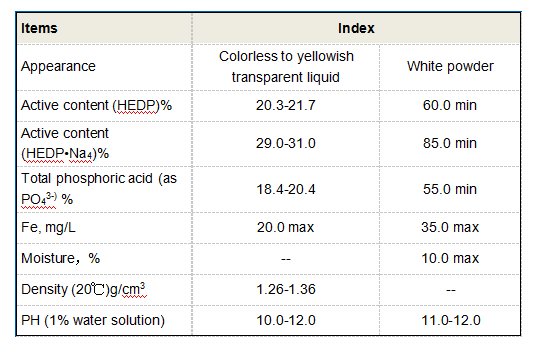Coagulants and Flocculants in Water Treatment Processes for Improved Clarity and Purity
Understanding Coagulants and Flocculants in Water Treatment
Water treatment is an essential process used to remove impurities and contaminants from water, ensuring it is safe for consumption and other uses. Among the various methods employed, the use of coagulants and flocculants is paramount. These substances play a crucial role in the removal of suspended solids, colloidal particles, and other impurities, enhancing the overall quality of the water. This article will explore the significance of coagulants and flocculants, their mechanisms of action, and their applications in water treatment.
What Are Coagulants?
Coagulants are chemical agents used to promote the aggregation of suspended particles in water, facilitating their removal. They work by neutralizing the electric charges that keep these particles dispersed. Common coagulants include aluminum sulfate (alum), ferric chloride, and polyaluminum chloride. When introduced into water, these coagulants react with the particles, causing them to clump together into larger aggregates known as flocs. The size of these flocs is essential, as larger flocs can settle faster due to gravity, making it easier to remove them from the water.
The process of coagulation typically involves several steps dosing the coagulant, mixing it into the water to ensure uniform distribution, and allowing time for the flocs to form. The efficiency of coagulants can be influenced by factors such as pH, temperature, and the nature of the suspended solids. Therefore, careful monitoring and adjustment of conditions are crucial for optimal performance.
What Are Flocculants?
While coagulants initiate the formation of flocs, flocculants play a complementary role in enhancing the agglomeration process. Flocculants are high molecular weight polymers that further promote the growth and stability of flocs formed by coagulants. They work by bridging the gaps between smaller flocs and helping them stick together, resulting in larger and denser particles that settle more quickly.
coagulant flocculant

Flocculants can be classified into anionic, cationic, or non-ionic types, depending on their charge. The choice of flocculant depends on the characteristics of the water being treated and the types of particles present. Effective use of flocculants can significantly improve the clarity of treated water and enhance the efficiency of the sedimentation process.
Applications in Water Treatment
The combination of coagulants and flocculants is widely utilized in various applications, including municipal drinking water treatment, wastewater treatment, and industrial processes. In municipal water treatment, they help remove turbidity, color, and pathogens, ensuring safe drinking water. In wastewater treatment, this duo aids in the separation of solids from liquid waste, reducing environmental impact and promoting compliance with regulations.
Furthermore, these agents are used in various industries, such as paper manufacturing, mining, and food processing. In the paper industry, for instance, coagulants and flocculants are employed to remove fibers and other contaminants from water used during production. In mining, they assist in separating valuable minerals from ore by improving the efficiency of flotation processes.
Conclusion
The integration of coagulants and flocculants in water treatment is fundamental to producing clean and safe water. Their ability to facilitate the removal of suspended solids and impurities not only enhances water quality but also contributes to environmental protection and public health. As technology advances and the demand for clean water increases, ongoing research into innovative coagulant and flocculant formulations will be vital in addressing future challenges in water treatment. Understanding and effectively employing these chemical agents is essential for water treatment facilities and industries aiming to promote sustainability and safety in water usage.
-
Pbtc Scale InhibitorPBTC: A Scale Protector for Industrial Water TreatmentNewsAug.05,2025
-
Organic Phosphonate: An Efficient Defender in the Field of Scale InhibitionNewsAug.05,2025
-
Hydrolyzed Polymaleic Anhydride: Green Pioneer in Scale Inhibition FieldNewsAug.05,2025
-
PAPEMP Polyamino Polyether Methylene Phosphonic Acid For SaleNewsAug.05,2025
-
Flocculant Water Treatment: A Pioneer in Purification in the Field of Water TreatmentNewsAug.05,2025
-
Benzyl Isothiazolinone: An Efficient and Broad-Spectrum Antibacterial Protective GuardNewsAug.05,2025





